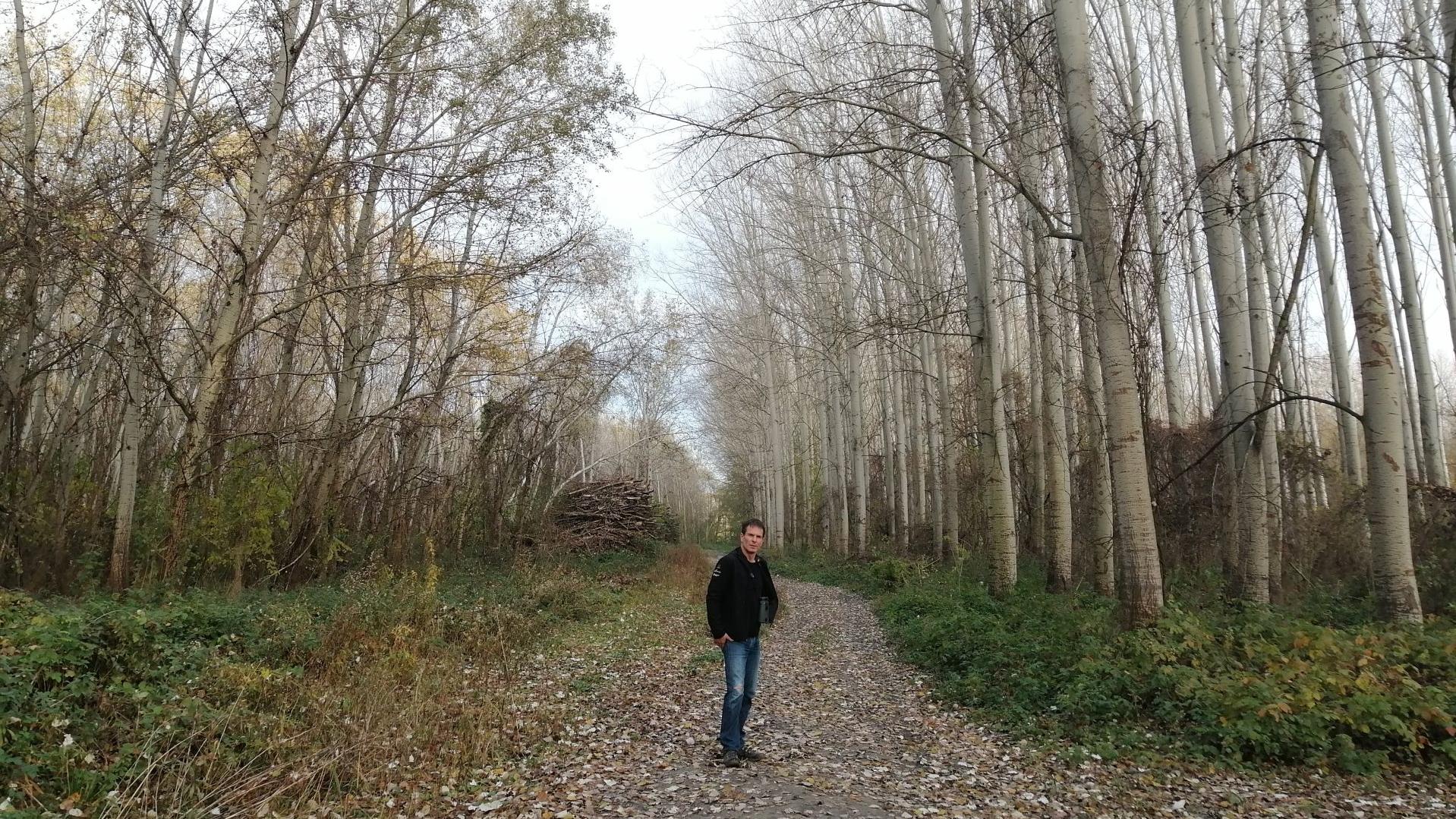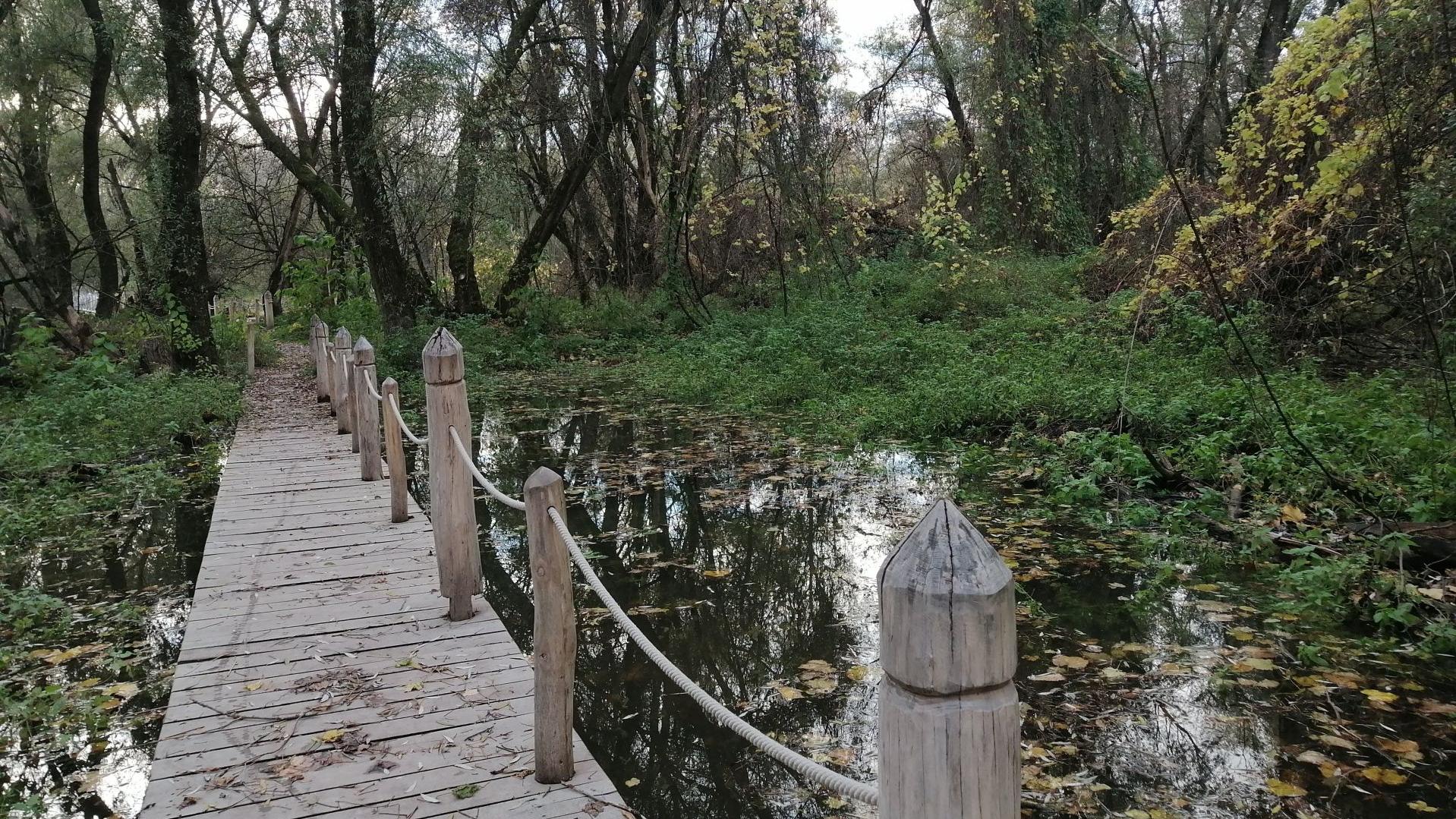On November 19th, a team of the Donau-Auen National Park visited the Rácalmás island, Hungary. There, within the LIFE WILDisland project, the Duna-Ipoly National Park will develop a planning concept for potential modification of waterway infrastructure for follow-up restoration.
One of the main objectives of the planning process would be the opening of a sidearm and therefore significantly improving the water supply on the island directly benefiting the valuable softwood forests. Other objective of the planning is examining the possibility of removal or modification of old regulation structures (groynes), which were built along the riverside of the island to improve the navigation channel to assist the formation of new habitats, better flood protection potential, new spawning areas for several fish species improve the microclimate in the floodplain forests and mitigate the negative effects of climate change.
The Rácalmás island is located on the right bank of the Danube, about 60 km downstream from Budapest and its name preserves the names of the Serbs who once lived here, as well as the memory of the disappeared orchards on the floodplain. At the beginning of the last century, there were more than 60 different varieties of apples, but pear, plum and walnut orchards also grew on the Sziget Peak, the highest northern part of the island.
It is a protected natural area of national interest and also belongs to the Natura 2000 site of ‘Danube and its floodplains’ (HUDI20034). The full size of the nature reserve is 382 hectares, designated to preserve the area’s alluvial and riparian forests – in the past they were extended along the riverside and characteristic to this section of the river Danube, but have recently dramatically shrunk to patches. The nature reserve includes the so-called ‘Nagy Island’ at Rácalmás and several little transitory islands in the river. More than 50% of the island’s forests are planted, however, relatively large blocks of riparian mixed forests with Quercus robur, Ulmus laevis and U. minor can be still found here. The valuable species of the island’s herbaceous vegetation are the protected Scilla vindobonensis and Leucojum aestivum. The strictly protected Haliaeetus albicilla (White tailed eagle), Milvus migrans (Black kite) and Ciconia nigra (Black stork) are regularly nesting on the island. Hundreds of stocks of several species from the Anatidae family rest here during winters.
We are looking forward to making the island an even more exciting and natural place - a true jewel among the Danube WILDislands.





